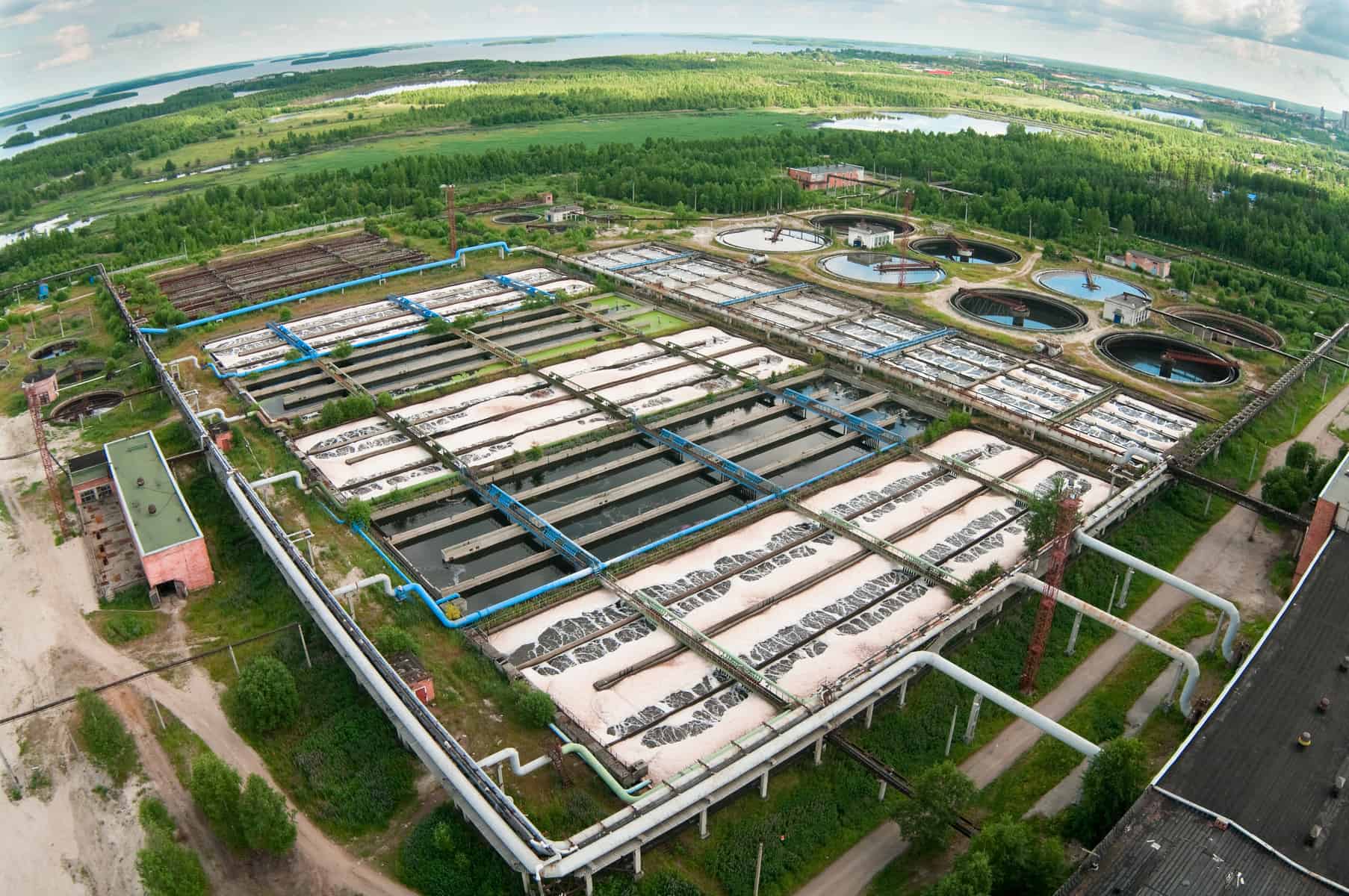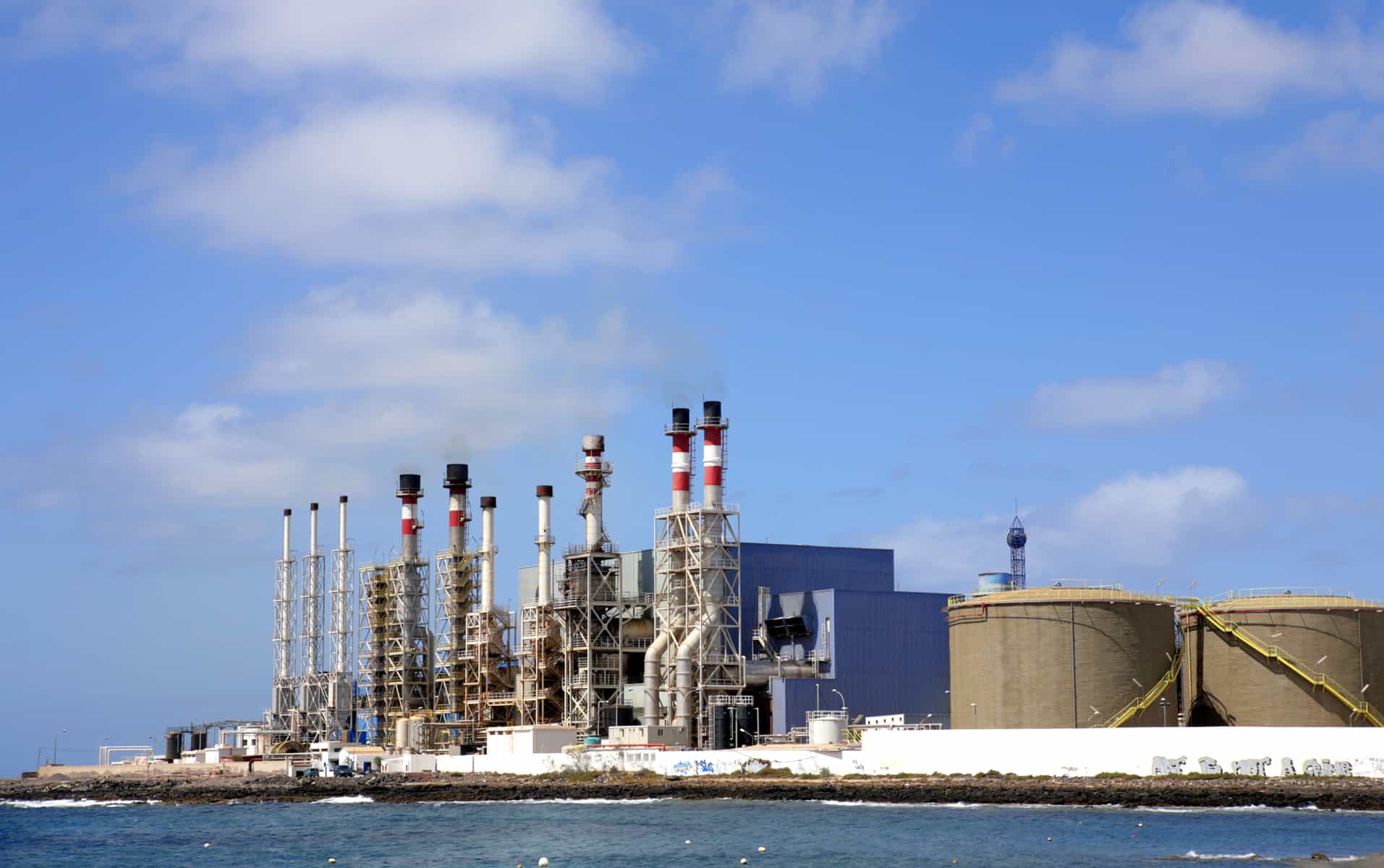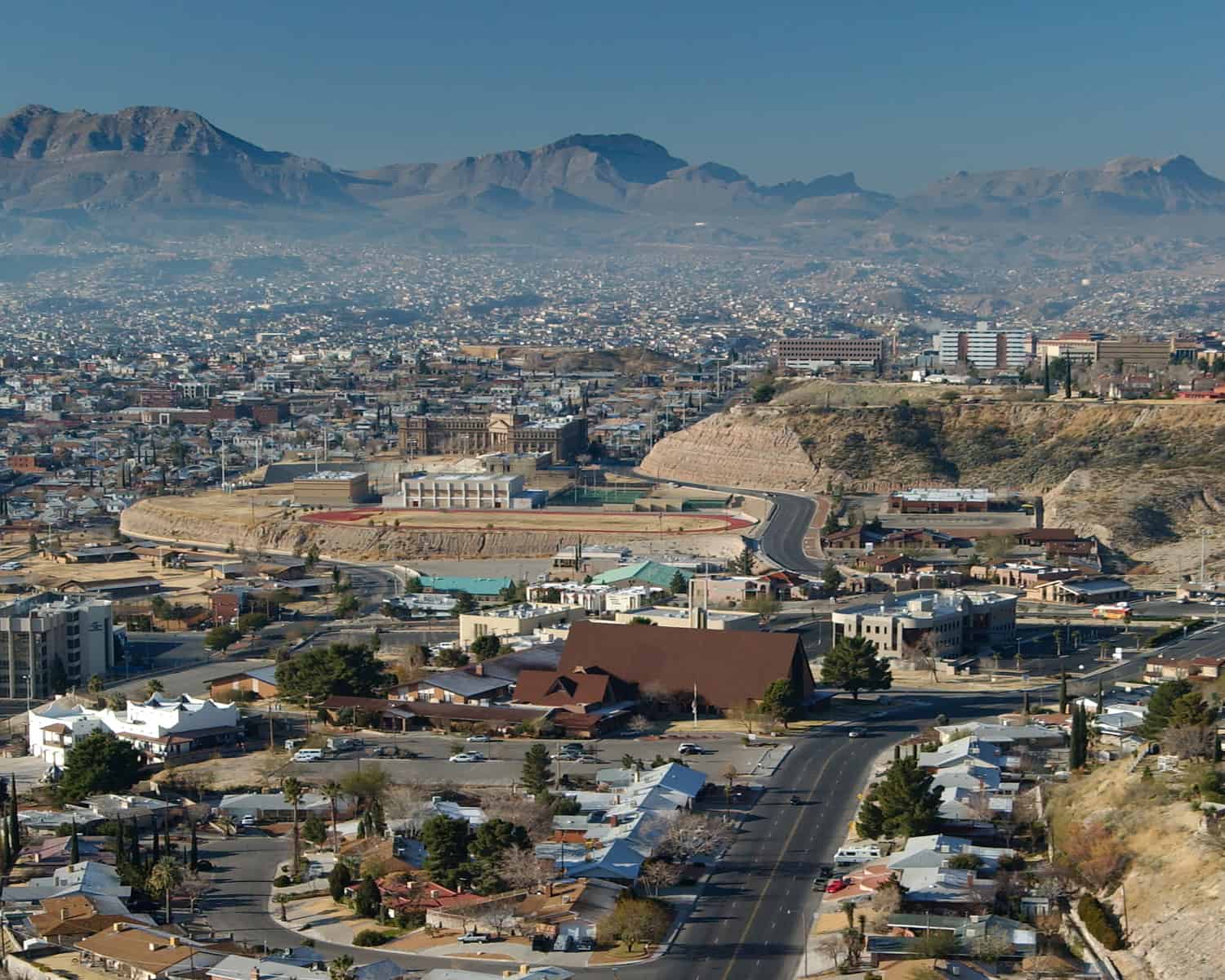Singapore and Urban Design

Besides its cultural diversity, business opportunities, and thriving technology sector, Singaporeans have successfully created one of the world's most globally impactful, ecologically conscious countries and have done so alongside safe, vibrant communities. They may not be the largest or most powerful state on the planet, but this small island has proven time and time again that when you truly make the most of what you have, the possibilities are endless. Now, with the help of modern energy and some creativity, they aim to maximize their potential and, in the process, construct a smart nation capable of leading the world to a sustainable future like never before.
Urban Design
With its hot tropical climate, Singapore has had to get very imaginative when developing its urban design. Their approaches must prioritize reducing heat gain and sustainably minimizing the need for cooling in residential developments. One of the key tactics, therefore, involves integrating plants with buildings. By incorporating greenery into architectural designs, such as rooftop gardens and vertical gardens, Singapore leverages vegetation to naturally cool and insulate structures. These green spaces also serve as reservoirs for rainwater, contributing to efficient water management and reducing the burden on conventional water sources.
In addition to green integration, Singapore's urban design emphasizes the functional role of building surfaces, which are engineered to serve multiple purposes, including cooling, insulation, and water storage. For instance, reflective coatings on building exteriors help deflect sunlight, reducing heat absorption. Furthermore, some building surfaces are designed to capture and store rainwater, which can then be repurposed for various non-potable uses like irrigation and flushing toilets. This dual functionality enhances sustainability and bolsters the city's resilience against water scarcity.
Heat Islands
Addressing the issue of heat islands is another critical facet of Singapore's urban planning. This phenomenon occurs due to a lack of greenery, excess concrete, and other human activities, which can result in abnormally high temperatures in urban areas. Considering Singapore is an island, avoiding this as much as possible is essential to provide its residents with a comfortable, healthy living environment. So, to combat this issue, the city employs an efficiency strategy that involves careful urban layout and the strategic placement of green spaces and water bodies. This approach mitigates the excessive heat generated by densely populated urban areas. By creating cooler microclimates and maximizing natural ventilation, Singapore ensures that its neighborhoods are more livable and energy-efficient.
Housing
Despite Singapore's business-oriented culture and capitalistic principles, they are also a highly centrally planned community. Each building and living space is carefully laid out and designed with an eye on the future, ensuring that the city remains at the forefront of sustainable urban development. Various governing bodies have consequently been established to oversee a wide range of functions, from housing to public utilities, all with a keen focus on sustainability and the needs of future generations.
A striking example of this centralized approach is seen in the fact that a substantial 80% of Singapore's population benefits from the government's public housing system. Entities like the Housing Development Board (HDB) are therefore charged with ensuring that residential complexes prioritize energy efficiency and sustainability. The Urban Redevelopment Authority (URA) also meticulously devises strategic plans to secure the land and infrastructure for the city's primary development needs. But it's not all about providing people with efficient, comfortable homes; the people themselves should also understand how these sustainability efforts are achieved.
Public education initiatives are regarded as essential components of this endeavor. So much so that visitors to Singapore will encounter a wealth of community outreach efforts, manifested through informative exhibits and accessible resources designed to educate the public on these crucial topics. The belief is that community members not only deserve access to energy-efficient, safe, and affordable homes but should also have the resources necessary to comprehend the inner workings of the housing system and the strategies employed to turn such accommodations into a reality.
Singapore's commitment to stronger ecology and promoting home ownership further solidifies its position as a leader in sustainable urban design. The city actively encourages residents to take ownership of their living environments and emphasizes the importance of conserving energy and water. By fostering a culture of environmental responsibility and forward-thinking design principles, Singapore continues to pave the way for a comfortable and sustainable urban future.
How does your city help the environment? Learn more about energy and the best ways to live a more sustainable lifestyle by visiting Resourcefulness.org! Also, don't forget to watch Power Trip: The Story of Energy, season two, now available on Prime Video, Apple TV, and PBS.


